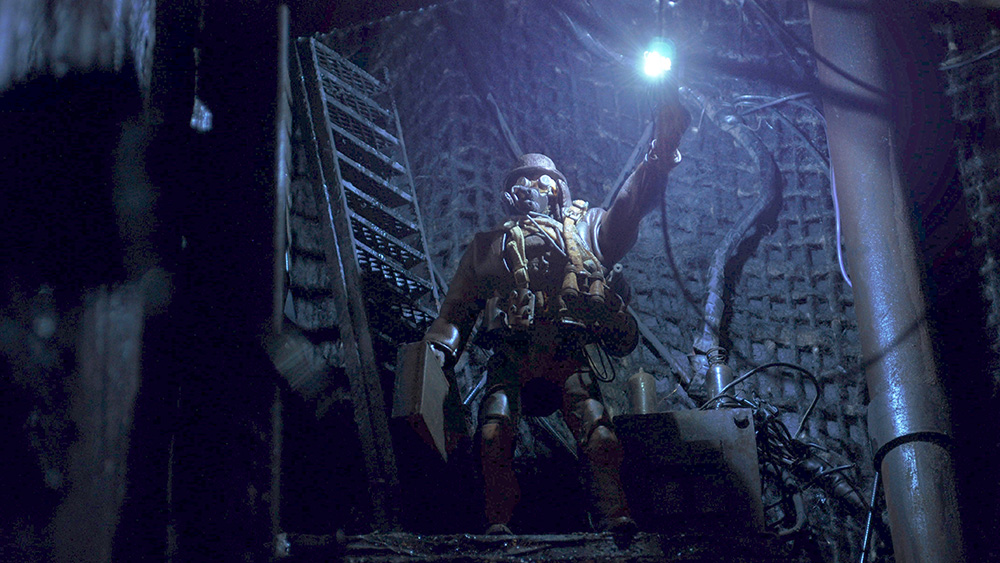!["Mad God" Director Phil Tippett Opens the door to a world of madness with stop motion [Director's Interview Vol.266]](https://cinemore.jp/images/572c247197ffae3fe2900187f583b31a558cc0256252e4c1667b27e898a82d0a.jpg)
©2021 Tippett Studio
"Mad God" Director Phil Tippett Opens the door to a world of madness with stop motion [Director's Interview Vol.266]
Phil Tippett became a leading figure in special effects after completing the AT-AT and Tauntaun scenes in 1980's Star Wars: Episode V - The Empire Strikes Back . He has created the mecha and creatures in Star Wars , the fusion of computer technology and stop-motion in the RoboCop series, the dinosaurs in Jurassic Park (1993), and the insects in the Starship Troopers series, and has won two Academy Awards. Tippett Studios, which he still heads, is involved in many popular films, including Black Panther: Wakanda Forever (22).
Tippett has been planning this film for 30 years. With the support of crowdfunding from fans around the world, he has finally completed it. Inspired by the stop-motion of the 1933 film " King Kong ," he decided to become a filmmaker, and in "Mad God," he uses stop-motion throughout to lead the viewer into a bizarre world. The story is about a warrior, "Assassin," who descends into the underground world and wanders through desolate landscapes. Strange characters never seen in any previous film roam the land, and shocking landscapes beyond imagination also appear. How did Phil Tippett arrive at such images?
Index
- Studio staff discovers "remnants" from 30 years ago
- An undying love for silent films
- An obsession with filmmaking that has not changed since he was 14
Studio staff discovers "remnants" from 30 years ago
Q: You worked on visual effects for RoboCop 2 in 1990, and then you started work on Mad God and made the short film.
Tippett: At the time, the idea was for it to be a 12-page script, about 6 minutes long, or at most 10 minutes long. We created a storyboard using animation, and actually filmed it, and a few minutes of footage was completed...
Q: So that's when production stopped. When I visited Tippett Studio about 15 years ago, you said, "I have projects as a director, but I don't have enough production funds." Was that about this film?
Tippett: I had a few ideas. For Mad God, I was sketching from time to time and pulling ideas from my huge notebook of dreams. Then one of the young creatives at the studio came across the Mad God figures and sets and said, "Let's make this."

"Mad God" ©2021 Tippett Studio
Q: But the studio staff specializes in CGI.
Tippett: Yes, exactly. We had to teach them everything from scratch about how to shoot stop-motion, including how to build sets and how to light things. But they really enjoyed the process. One of our CG compositing artists was the director of photography on Mad God, and we had a lot of volunteers who helped out on the weekends.
Q: How big are the sets for the stop-motion scenes?
Tippett: I'd say about 1/6 of life size. The dolls are GI Joe size. That way I can easily buy costumes and props for the figures (laughs). It saves me a lot of work.
Q: Is the footage you made 30 years ago used in the final film?
Tippett: I think we used about three minutes of footage. In the opening scene, where the main character, Assassin, steps into a world filled with creatures, we dressed the animators' real children in monkey costumes and had them fight in cages (laughs). Other scenes, such as the hospital scene, were shot 30 years ago using blue screens. We successfully linked them to the new footage.

